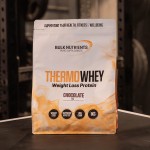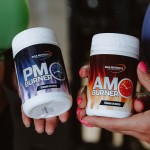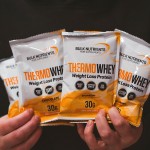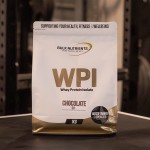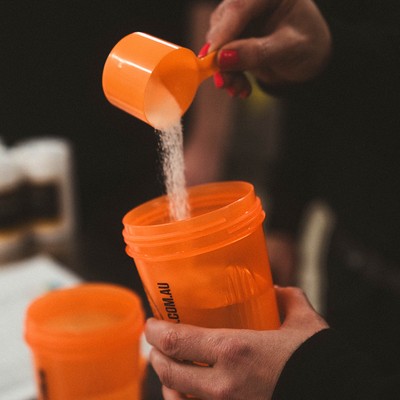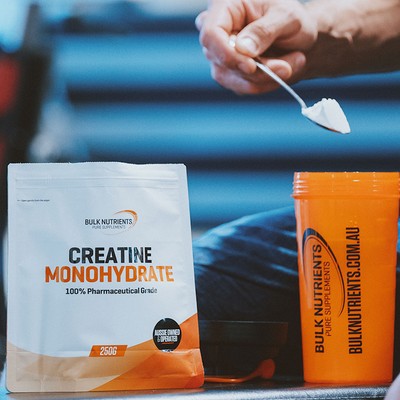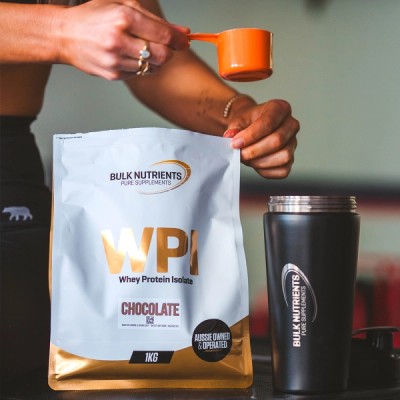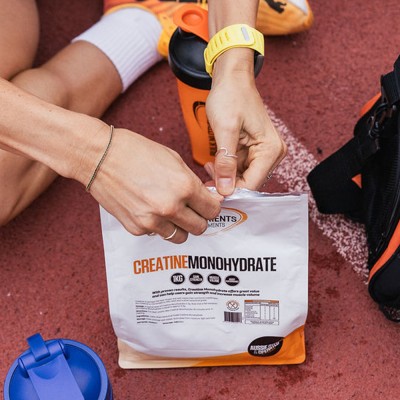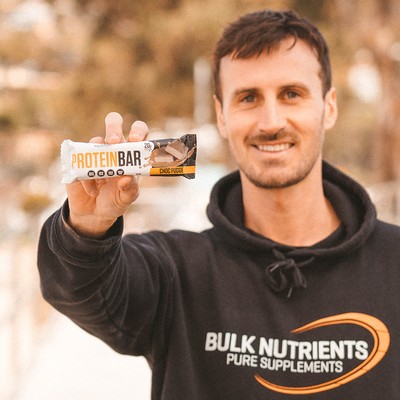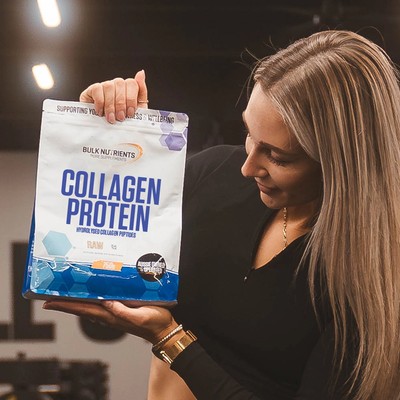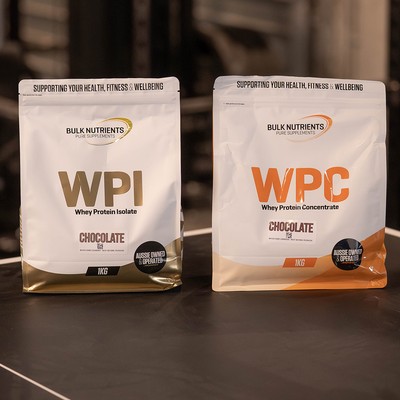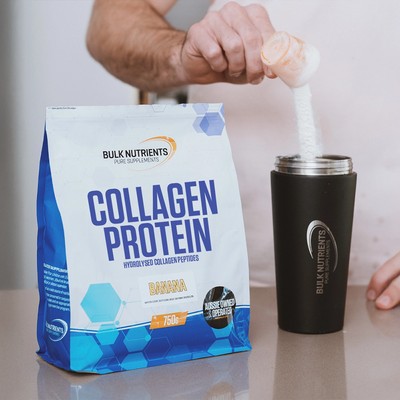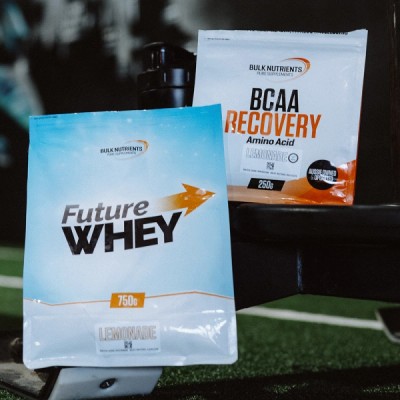How to Calculate Calories for an Aggressive Mini Cut

What is an aggressive mini-cut?
A mini cut is an aggressive style of dieting that drastically reduces calories for a few short weeks—usually 4-6—to lose weight quickly. This primes the body to begin growing muscle again.
Instead of longer cutting cycles, mini-cuts allow us to return to a calorie surplus quicker, enabling more muscle-building time.
You eat in a 30% calorie deficit to achieve a mini cut.
For example, if you currently consume 3000 calories daily, you’ll reduce calories by 900 and consume 2100 calories daily.
The aim is to lose 1% body weight each week. However, in the first few weeks, you can lose up to 1.5-2% per week.
Let’s look at how we do this specifically.
Understanding caloric needs
When it comes to your mini-cut, one of the most important things to understand is how many calories you need to eat daily.
This information is critical for determining how many calories you should consume to create a calorie deficit and achieve your shredded abs!
So, let's look at how to calculate cutting calories.
How to calculate your daily caloric needs
For this, we recommend using the Harris-Benedict equation, which is one of the most widely used methods for calculating daily caloric needs and is often referred to as a bodybuilding calorie calculator.
It’s often used in bodybuilding, where calorie calculators are vital to hitting peak form on show day.
The equation considers your age, weight, height, and activity level to determine how many calories you need to maintain your current weight. The equation is as follows:
For Men: BMR = 88.362 + (13.397 x weight in kg) + (4.799 x height in cm) - (5.677 x age in years)
For Women: BMR = 447.593 + (9.247 x weight in kg) + (3.098 x height in cm) - (4.330 x age in years)
Once you calculate your BMR, you must factor in your activity level to determine your daily caloric needs. The following is a general guideline for activity level:
- Sedentary (little or no exercise): BMR x 1.2
- Lightly active (light exercise or sports 1-3 days a week): BMR x 1.375
- Moderately active (moderate exercise or sports 3-5 days a week): BMR x 1.55
- Very active (hard exercise or sports 6-7 days a week): BMR x 1.725
- Extremely active (very hard exercise or sports and a physical job): BMR x 1.9
This can also be used as a bulking calorie calculator.
How to adjust your daily caloric needs
In particular, we’re looking at changing your caloric needs based on activity level and weight loss goals. This is a key point, as it should be expected that daily caloric needs will change as you lose weight.
As you shred more fat, your body will require fewer calories to maintain your new weight, so you must regularly reassess and adjust your caloric needs.
Additionally, if you have a specific weight loss goal from your mini-cut after using your cut calorie calculator, you'll need to create a calorie deficit to achieve that goal.
So remember, for your mini cut, you drop to a 30% deficit on your current total calories.
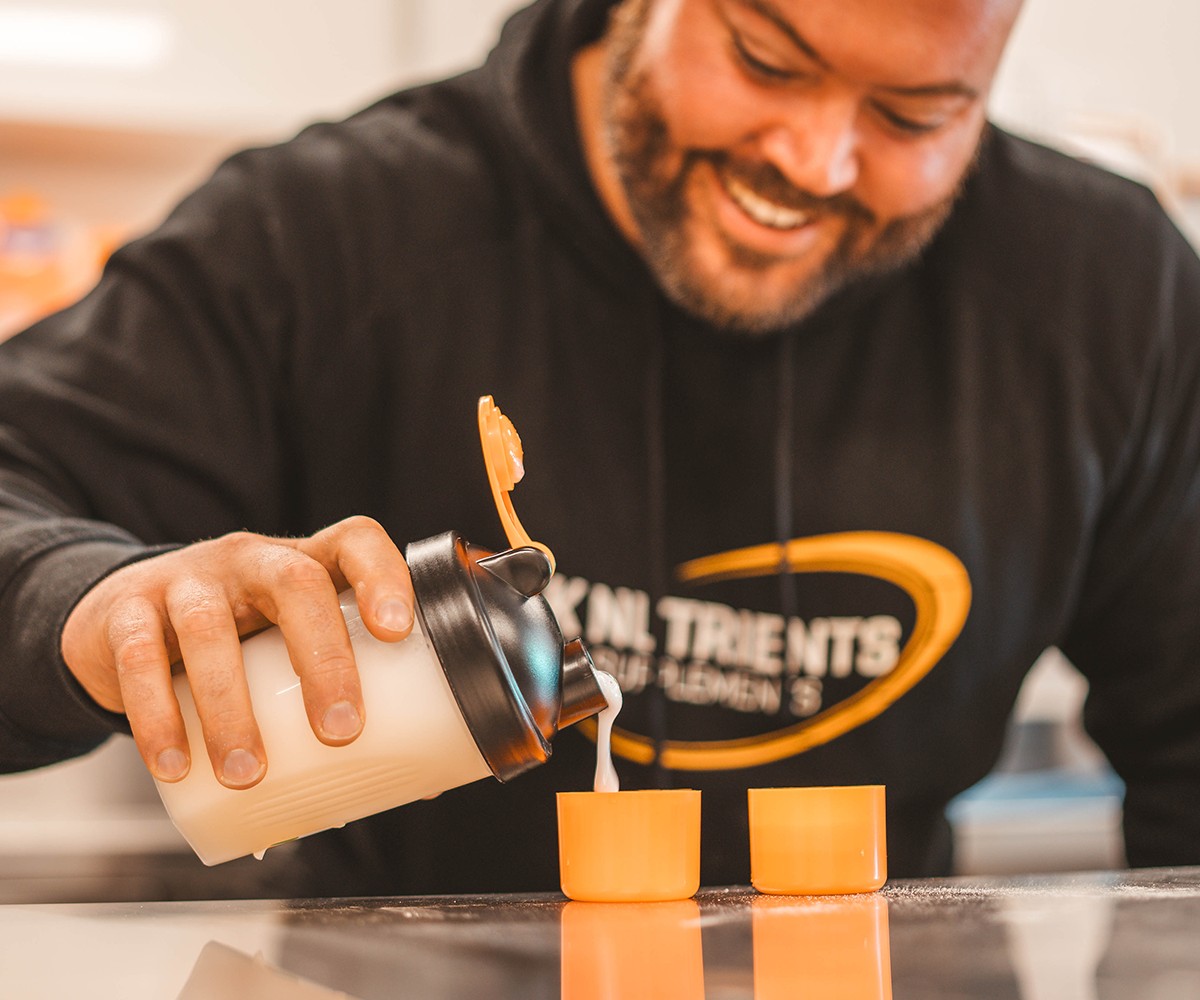
Creating a Calorie Deficit
How to create a calorie deficit for weight loss
You must consume fewer calories than your body needs to achieve your 30% deficit and nail your mini-cut.
This can be achieved in various ways, such as reducing your calorie intake, increasing your energy expenditure, or combining both.
Methods to create a calorie deficit
This usually takes the form of reducing calorie intake or increasing energy expenditure.
Reducing calorie intake can be done by eating smaller portions, eliminating high-calorie foods, or reducing the number of snacks consumed.
It's important to ensure you're still consuming enough nutrients and not cutting too many calories, as this can lead to nutrient deficiencies and negative effects on your health.
Increasing energy expenditure can be done through exercise, increasing physical activity, or playing sports you love that burn more calories.
You can also consider walking to work, riding, or taking the stairs more often to burn more calories during the day - this can help create your 30% deficit for your mini-cut.
Be sure to get your 30% deficit number of calories accurately using the Harris-Benedict equation listed above.
Shop Australian Mini Cut Friendly Products
Here at Bulk we've sell a great range of products that help you with your mini-cut. Check them out...
Tracking calorie intake and monitoring weight loss progress
Keeping track of your calorie intake and monitoring your weight loss progress for your mini-cut is necessary. Here are some tips for tracking your calorie intake:
- Keep a food diary: Writing down everything you eat and drink can help you keep track of your calorie intake and identify areas where you can reduce your calorie intake.
- Use a calorie tracking app: There are many apps available that can help you track your calorie intake and monitor your weight loss progress. Some popular options include MyFitnessPal and LoseIt!
- Read nutrition labels: Becoming familiar with the calorie content of the foods you eat can help you make more informed decisions about what to eat.
- Measure your portions: Using a food scale or measuring cups can help you ensure you're eating the correct portion sizes, which can help you better control your calorie intake.
Avoiding Common Mini Cut Mistakes
There are many common pitfalls that can be made here, especially if this is your first mini cut.
Common mistakes people make when trying to create a calorie deficit
- Skipping meals: Skipping meals can lead to overeating later in the day and can make it more difficult to control your calorie intake.
- Cutting calories too quickly: Rapidly cutting calories (more than a 30% deficit) can lead to muscle loss and a slowed metabolism, making it harder to achieve and maintain weight loss.
- Not getting enough nutrients: When reducing your calorie intake, it's important to still get enough nutrients to support good health.
Tips for avoiding these aggressive mini cut mistakes
Stick with these tips and you’ll ensure safe, sustainable weight loss.
- Gradually reduce calorie intake: Start at a 20% deficit for the first day. Then on the second day, begin at 30%.
- Eat a balanced diet: Consuming a balanced diet that includes plenty of fruits, vegetables, whole grains, and lean proteins can help ensure you're getting enough nutrients.
- Increase physical activity: Increasing physical activity can help increase your daily caloric burn and support weight loss.
Summarising an Aggressive Mini Cut
To wrap up – a mini cut is a style of weight loss diet that involves reducing calories for a short period of time (4-6 weeks) to get as lean as you can and be ready to add more muscle shortly after.
We recommend using the Harris-Benedict equation to determine your daily caloric needs based on age, weight, height, and activity level and is an accurate way to calculate cutting calories.
Remember: it’s important to regularly reassess your caloric needs and adjust them as you lose weight.
To achieve a 30% calorie deficit, you can reduce your calorie intake, increase your energy expenditure, or combine both. But largely, eating less will be your best start.
On your first day of a mini-cut, eat at a 20% deficit. Start at a 30% deficit the day after.
Keeping a food diary and using a calorie-tracking app can help monitor your progress during the mini-cut.
Ben Disseldorp
Related Blogs

Should I Bulk or Cut First?
Posted by Dayne Hudson
Estimated reading time: 5 minutes

Which Steak Cuts Are Leanest and Best for Fat Loss?
Posted by Dayne Hudson
Estimated reading time: 6 minutes

Practical Dieting for Sustainable Fat Loss Success
Posted by Bulk Nutrients
Estimated reading time: 18 minutes
